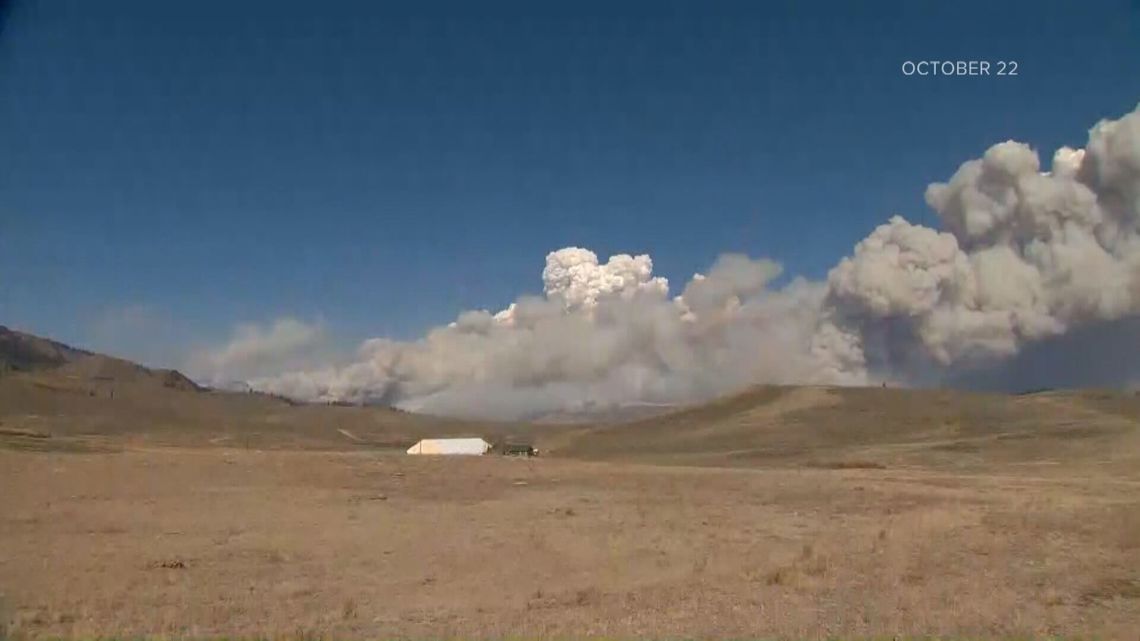DENVER — This week marks four years since one of Colorado's largest wildfires, the East Troublesome Fire, started in Grand County.
The fire was first reported on Oct. 14, 2020. Days later, it exploded in size, burning more than 190,000 acres, killing two people and destroying more than 350 homes.
It's very unusual to have a large wildfire in the mountains in October. Part of the reason why those conditions were so dangerous was because the monsoon season that year was a no-show. In 2020, meteorologists called the monsoon the "non-soon" because it didn't show up at all.
The summer brought hot conditions and very little rain, which led to a late-developing wildfire season that year. Another thing that was very unusual about the 2020 wildfire season was the winds. This year, we have not seen anything near the winds we saw in 2020.
Despite hot, dry conditions lingering into this fall, we're in a very different spot now for fire risk.
The first day of August this year, we started to see monsoon action. The mountains started to get good, consistent rain that lasted the entire month of August. That's why we're not in the same situation as 2020.
But the risk of fire is now something Coloradans need to be wary of year-round because of climate change. The large forest fire danger starts to come down in the fall, but the day-to-day risk of grass fires and fire weather starts to increase. That leaves the wildland urban interface, where a lot of Coloradans live, open to a yearlong fire season.





